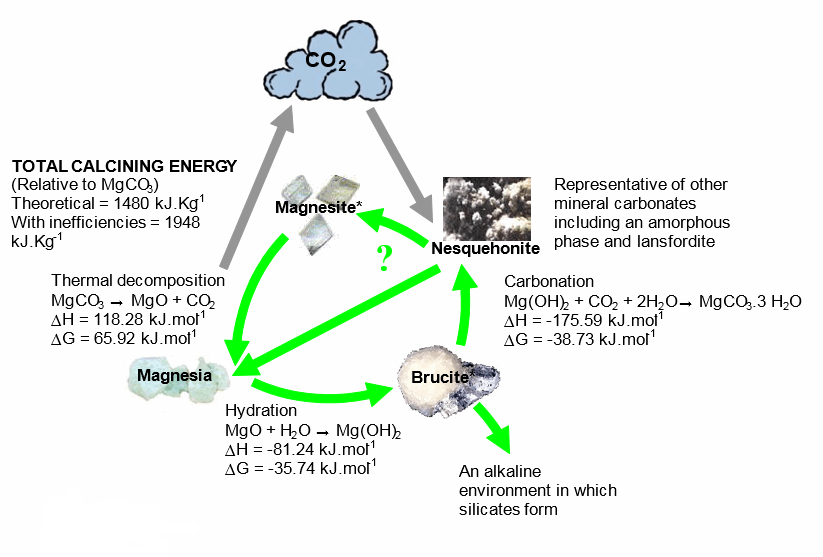John Harrison B.Sc. B.Ec. F.C.P.A.
Managing Director, TecEco Pty. Ltd., Australia
ABSTRACT
As a consequence of global warming there is considerable interest around the world in exploiting major natural carbon sinks such as the oceans, subsurface reservoirs (such as brines or depleted oil & gas fields), or the terrestrial carbon sink to sequester carbon dioxide on a large scale. The author is the inventor of eco-cements which, given the huge size of the built environment, represent a novel new method of sequestering large amounts of CO2 as calcium and magnesium carbonates in bricks, blocks, pavers, mortars and other building materials as well as a potential method of lowering embodied energies and reducing wastes. This article goes into the as yet unclear chemistry of carbonation processes in eco-cements and corrects previous incorrect assumptions made by the author about the magnesium carbonates formed when eco-cements carbonated.
KEYWORDS: Built environment, brucite, construction, masonry units, magnesia, economic, sequestration, sustainability, waste, embodied energy, eco-cement, kyoto, magnesium carbonates
1a-4



